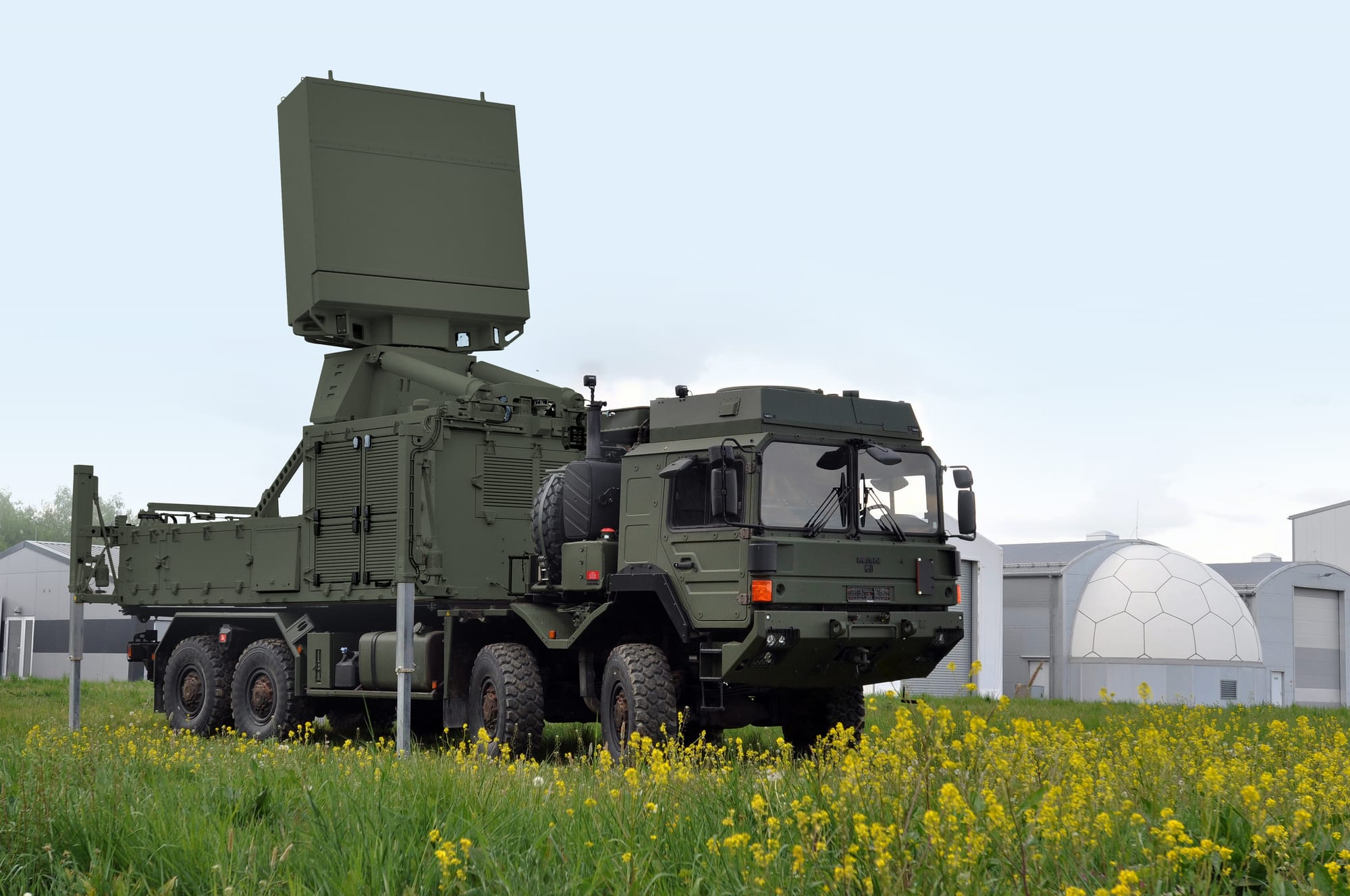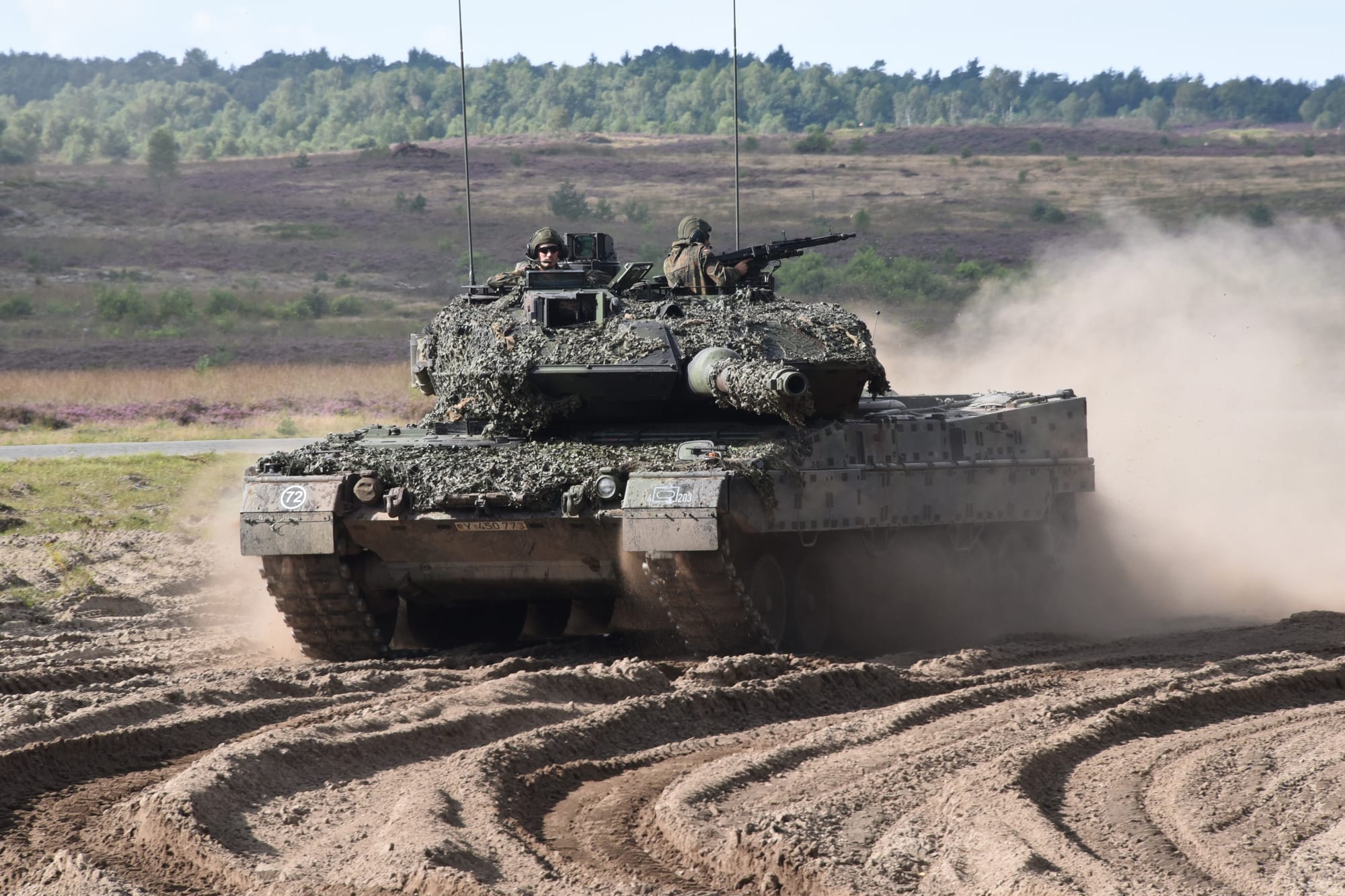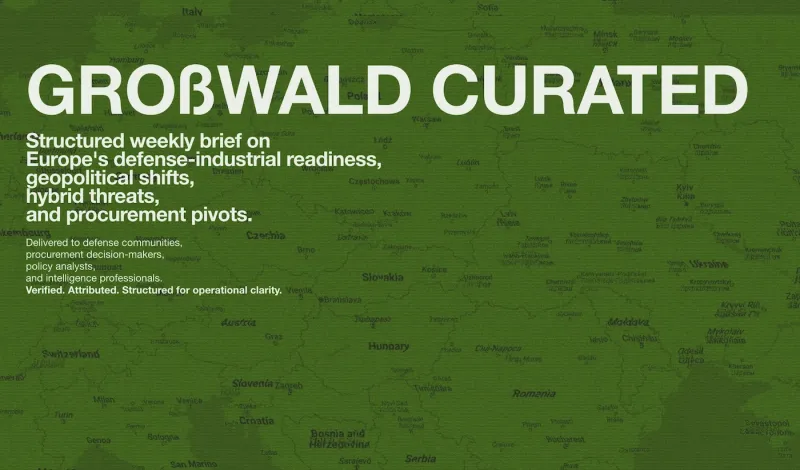Großwald Curated | No. 26 — The Hague, Nuclear Debates, and Kaliningrad Missile Shields
23 – 29 June 2025 | NATO & European Defence — Weekly briefing curated for policy, intelligence & defence communities across NATO / EU
In No. 25, we tracked Europe’s bracing for a NATO summit that would codify the 5% doctrine. That line is now crossed.
The pledge sealed at The Hague has already ricocheted through national capitals, turning a once-abstract metric into a fiscal, structural, and politically volatile reality.
The 5 percent logic crystallised this week: Germany’s new government tabled a budget that shreds decades of fiscal orthodoxy, underwriting its fresh defence posture with record sovereign debt. What was a debate over percentages has plunged into the painful particulars of execution. Berlin is drafting a Procurement Acceleration Act to close its “Conversion Gap,” a German-Norwegian missile buy shows bilateral agility—and, most strikingly, the once-taboo idea of a European nuclear deterrent has burst into mainstream discourse, the inevitable by-product of a more transactional transatlantic bargain.
Simultaneously, the Eastern flank is in motion. Belarus shifted its Zapad-25 drills inland and—through a carefully calibrated wink—freed fourteen political prisoners, even as its ministers railed against NATO in Vienna and inked fresh defence overtures with Iran. Russia kept up the grey-zone pressure with constant Baltic air probes, interceptions, and a sabotage-propaganda plot involving German Bundeswehr trucks; while Warsaw and Berlin startled observers by floating a joint Kaliningrad missile shield.
The Middle East still exposes transatlantic fractures and Europe's limited agency, but for our analysis, it remains a secondary theater. The primary front this week is domestic. The bill for deterrence has landed—and Europe’s core powers are arguing over who pays, how much, and how fast.
This is a curated dispatch from the front lines of Europe’s defense pivot.
Executive Snapshot — Why this week matters
- The Hague Doctrine Hits Home: The NATO summit has concluded, locking in the 5% security spending target. The focus now shifts to national implementation, with Chancellor Merz signaling Germany’s readiness to assume greater responsibility while facing U.S. pressure for stricter Russia sanctions.
- Germany's Fiscal Rubicon: Debt for Deterrence: Finance Minister Klingbeil’s 2025 budget draft includes a historic increase in new debt (€143.1bn) to fund defense and a €500bn, 10-year infrastructure overhaul. The defense budget is set to rise to €152.8bn by 2029 (3.5% of GDP), cementing Germany’s role as NATO’s conventional backbone.
- Berlin Debates European Nuclear Shield: A call from senior CDU politician Jens Spahn for a German-led European nuclear deterrent, amplified by a poll showing 64% public support, has pushed the once-taboo topic into mainstream political discourse.
- Procurement & Civil Defense Surge: Germany is drafting a new Procurement Acceleration Act to streamline acquisitions. CSU leader Söder has called for a massive capability boost, including 100,000 drones and a 2,000-strong Patriot-based "Iron Dome." A new national shelter concept will repurpose existing infrastructure for civil defense.
- Belarus Moves Zapad-25, Russia Maintains Pressure: Belarus announced its Zapad-25 military exercises will be moved away from the Polish border. Concurrently, Russia continues its hybrid activities, with another Il-20M intelligence aircraft intercepted over the Baltic and pro-Russian channels claiming responsibility for an arson attack on Bundeswehr trucks.
- EU’s 18th Sanctions Package Targets Nord Stream: A draft of the EU’s next sanctions package against Russia will reportedly include a ban on repairing the Nord Stream pipelines, aiming to preempt any future U.S.-Russia deal to resume gas flows.
This Week’s Structure
1 | Transatlantic Fallout & EU Realignment — 5 % Doctrine Locked-In, Merz Presses Tougher Russia Sanctions, 9 Jul Tariff Cliff
2 | German Zeitenwende — €143 bn Debt-for-Deterrence, Nuclear-Shield Debate Goes Mainstream, Conscription & Civil-Defence
3 | Industrial & Tech Pulse — Procurement Acceleration Act Drafted, German-Norwegian JSM Buy, Capacity Crunch & Inflation Warnings
4 | Eastern Signals & Hybrid Front — Belarus Pulls Zapad-25 Inland, Warsaw–Berlin Kaliningrad Shield Idea, Russian ISR & Sabotage Theater
5 | Strategic Outlook — Next 14 Days — Cabinet Budget Vote, Acceleration-Act First Reading, EU Sanctions Wrangle, Zapad-25 vs. Iron Defender

1 | Transatlantic Fallout & EU Realignment — After The Hague
The NATO summit in The Hague has concluded, cementing President Trump's 5% security spending doctrine as the alliance's new baseline. The meeting, carefully choreographed by SG Mark Rutte to manage Trump, produced a communiqué affirming mutual defense obligations but revealed persistent transatlantic friction [dpa, Bild]. Chancellor Merz, in his first EU and NATO summits, sought to position Germany as a newly assertive leader, urging Trump to enforce stricter sanctions on Russia and rejecting punitive measures against Israel over Gaza [Der Tagesspiegel, Welt am Sonntag].
However, the limits of European influence were starkly illustrated. Merz’s push for stronger Russia sanctions was met with a non-committal response from Washington, and his attempts to lead on the world stage were largely overshadowed by Trump’s unilateralism [Der Spiegel]. The fallout from the U.S. strikes on Iran continued to simmer, with Merz defending his "dirty work" comments as "analytical clarity," while Foreign Minister Wadephul struck a more cautious, de-escalatory tone, highlighting a rift within the German government [Süddeutsche Zeitung, Der Spiegel].
At the EU level, the focus is shifting to execution. A draft of the 18th sanctions package against Russia is circulating, with a notable clause banning the repair of the Nord Stream pipelines—a move designed to preempt any potential U.S.-Russia deal to revive the project [Süddeutsche Zeitung]. However, Hungary and Slovakia have already signaled their intent to block the package, underscoring the EU's persistent internal divisions [NashaNiva.Com].
Signal ▶ The alliance has a new spending doctrine, but not a unified strategy. With The Hague’s political declaration made, the burden of execution now falls to national governments, where fiscal realities, industrial constraints, and domestic politics will determine whether the 5% target translates into credible deterrence.
2 | German Zeitenwende — The Price of Deterrence
This week, Germany began to formally underwrite its renewed defense ambitions with a budget that marks a historic break from its post-Cold War fiscal consensus. Finance Minister Lars Klingbeil (SPD) presented a 2025 draft budget that embraces €143.1bn in new debt, funding both a massive defense spending increase and a €500bn, 10-year infrastructure fund [Frankfurter Allgemeine, Süddeutsche Zeitung]. The defense budget is projected to reach €152.8bn by 2029, or 3.5% of GDP, with the goal of making the Bundeswehr "the strongest conventional army in Europe" [Bild, ARD].
This fiscal pivot is forcing a series of once-unthinkable debates:
- The Nuclear Question: Senior CDU figure Jens Spahn explicitly called for a German-led European nuclear shield, arguing Germany must participate in the French and British arsenals because "whoever cannot deter nuclearly becomes a plaything of world politics" [Welt am Sonntag]. His call was amplified by a Forsa poll showing 64% of Germans now support an independent European nuclear deterrent—a stunning shift in public opinion [dpa].
- Conscription and Personnel: The government's budget provides for 11,000 new Bundeswehr posts in 2025, but the debate over how to fill them is intensifying [Bild]. While President Steinmeier urged caution, Defense Minister Pistorius’s draft law keeps compulsory service on the table if voluntary recruitment fails to yield at least 15,000 personnel annually [Deutschlandfunk, Die Zeit], Ex-MSC chief Christoph Heusgen floated compulsory service, too, reinforcing Pistorius’ draft law from outside government. The SPD’s youth wing remains firmly opposed [T-Online].
- Civil Defense & Resilience: The government is moving to harden the home front. A new national shelter concept will repurpose subway stations and underground garages, while the budget for the Federal Office for Civil Protection and Disaster Assistance (BBK) will be tripled [Bild]. This aligns with the 1.5% resilience component of NATO's 5% doctrine.
- Public Perception: Bundeswehr Day drew ≈ 70 k visitors to Jagel & Stralsund; Merz and Pistorius used the crowds to message “citizen in uniform.” [dpa 29 Jun / Der Spiegel 29 Jun / Die Welt 29 Jun]
Signal ▶ Berlin is moving from rhetoric to the hard, structural work of rearmament. The government is building the fiscal, legal, and societal scaffolding for a military posture commensurate with its role as NATO's European anchor. The political battles over conscription and nuclear sharing are no longer theoretical—they are the direct consequence of the new defense reality.
3 | Industrial & Tech Pulse — The Conversion Gap Under Pressure
As unprecedented funds flow into European defense, the continent’s industrial base is facing a stress test, exposing the persistent "Conversion Gap" between budgets and battlefield-ready capability.
In a significant procurement move, Germany and Norway confirmed a joint purchase of Kongsberg’s Joint Strike Missile (JSM) for their F-35 fleets, a €677m deal that enhances NATO’s deep-strike capabilities in the north [dpa]. To accelerate such acquisitions, the German government is drafting a new Bundeswehr Planning and Procurement Acceleration Act, which aims to cut red tape by classifying defense purchases as vital to national security and raising thresholds for no-bid contracts [Der Spiegel]. Sweden joined the rush: SEK 9 bn (€810 m) order for Diehl IRIS-T air-defence — its biggest buy since Patriot ’99.[Deutschlandfunk 26 Jun]
However, structural frictions remain. The German defense industry is calling for clear, long-term order commitments to ensure planning security and ramp up capacity [dpa]. Economists from the University of Mannheim warned that the defense spending surge may yield a low macroeconomic return, with each euro potentially generating only 50 cents of additional production, primarily driving up prices in an already capacity-constrained sector [Der Spiegel]. Meanwhile, internal industry disputes, such as the one between FFG and Rheinmetall over a recovery tank contract, highlight the challenges of fostering fair competition in a quasi-monopolistic market [Handelsblatt].
On the technology front, civil-military fusion is accelerating. German automakers are in talks with the defense industry to adapt automated driving technologies for military use, while Airbus and Quantum Systems are partnering to develop AI solutions for aerial reconnaissance [Handelsblatt].
Economic & Readiness Reality-Check — Economy bites back.
• Mannheim economists Krebs & Kaczmarczyk warn each €1 of defence outlay may lift GDP by just €0.50—well below classic infrastructure returns.
• Germany’s €10 bn F-35 package is already sliding: Büchel’s “fighter campus” could miss 2027 IOC and top €1.2 bn.
• Gas buffer worry: Rehden storage sits at 2 %, versus 80 % last June—regulators insist supply is “secure but tight,” underscoring energy’s link to deterrence.
Signal ▶ The cash is flowing, but the industrial and economic pipelines are showing strain. Without structural reforms to procurement, competition, and long-term planning, Europe’s rearmament risks fueling inflation and industrial friction more than it builds credible, deployable military mass.
4 | Eastern Signals & Hybrid Front — A Feint from Minsk?
Belarus set the week’s tone by shifting its large-scale “Zapad-25” manoeuvres 200 km eastward and trimming troop numbers. Minsk framed the change as a tension-reducer; Polish President Andrzej Duda framed it as a clear signal of “a lack of aggressive intentions” [Belsat.Eu]. While Warsaw will proceed with its own parallel NATO exercise, "Iron Defender," the Belarusian shift marks a potential, if ambiguous, de-escalatory signal from Minsk.
The announcement landed as Warsaw–Berlin security convergence deepened: Polish foreign minister Radosław Sikorski endorsed Germany’s re-armament path and floated a joint missile-defence belt, or a 'Polish-German Kaliningrad Missile Shield' to neutralise Kaliningrad launchers—a rare public alignment after years of friction. [dpa 27 Jun]
This move, however, was set against a backdrop of sustained Russian pressure:
- Baltic airspace: Luftwaffe Eurofighters scrambled for the ninth Russian Il-20M intercept this year, underscoring Russia’s steady ISR harassment [Ostsee-Zeitung].
- Sabotage theatre: a pro-Russian Telegram channel claimed responsibility for an arson attack that destroyed six Bundeswehr trucks in Erfurt, releasing a video of the incident and framing it as a strike against equipment destined for Ukraine—a claim the German MoD denies [Deutschlandfunk, Der Spiegel]. The incident is being investigated as part of a pattern of potential hybrid attacks on German soil.
- Media tit-for-tat: Diplomatic friction also persists, with Russia summoning the German ambassador over the alleged harassment of Russian state media journalists in Germany [T-Online]
Minsk’s two-track diplomacy: While dialing down Zapad optics, Belarus lashed out at “NATO-centric security” in Vienna and courted Tehran’s defence minister in Qingdao, signalling that its strategic orbit remains firmly with Moscow and Iran. [belta.by, NashaNiva.Com].
Yet the regime simultaneously freed 14 political prisoners, including Sergei Tsikhanouski, a gesture clearly aimed at the West.
On the Western Flank:
- Allied mobility drill: Across the Rhine, “Grand Crossing 2025” pushed 1 200 troops and 500 heavy vehicles over the river at night—stress-testing NATO’s ability to surge armour east if deterrence fails. [ARD]
Signal ▶ Minsk is sending mixed signals—pulling exercises inland and releasing dissidents while doubling down on anti-NATO rhetoric and Iranian ties. Russia, meanwhile, sustains a drumbeat of airspace incursions, sabotage messaging, and diplomatic pin-pricks. The net effect is a calibrated pressure campaign that tests allied cohesion even as Poland and Germany inch toward a Baltic missile-shield concept.
5 | Strategic Outlook: Next 14 Days
| Date | Event | Why It Matters |
|---|---|---|
| Early Jul | German Cabinet Approves 2025 Budget | The formal approval will lock in the historic debt-for-defense plan, moving it to the Bundestag and setting the stage for intense parliamentary debate on fiscal priorities. |
| Early Jul | Bundestag Debate on Procurement Acceleration Act | First readings of the new law will test the government's ability to push through reforms aimed at closing the "Conversion Gap" between spending and capability. |
| July 9 | U.S.-EU Tariff Deadline | President Trump’s 90-day tariff reprieve expires. The outcome of ongoing negotiations will determine if a transatlantic trade war erupts, with significant implications for the European economy. |
| Ongoing | EU 18th Sanctions Package Debate | Deliberations on the package, including the Nord Stream repair ban, will test EU unity against Hungarian and Slovakian opposition, shaping the future of economic pressure on Russia. |
| Ongoing | Zapad-25 / Iron Defender Planning | NATO and Poland will continue planning their "Iron Defender" exercises. The scope and posture will be a key signal of the alliance's response to the altered Zapad-25 drills. |
Conclusion: Confronting the True Cost
The 5% doctrine is now in force. Its abstract logic—once confined to summit halls—has detonated across national capitals as hard policy. Germany has led the pivot, tabling a budget that shatters decades of fiscal constraint, tying sovereign debt to security and dragging taboo topics—conscription, nuclear burden-sharing—into mainstream politics.
The cascade is structural. Laws are being rewritten. Procurement is being fast-tracked. Civil defense is back on the books. The defense-industrial base is strained by volume, not vision.
Eastern signals remain calculated: Belarus gestures détente while deepening with Tehran; Russia sustains ISR and sabotage. But this week’s center of gravity is not Minsk or Moscow—it is Berlin, Brussels, and the bureaucratic machines now racing to convert pledges into power. The invoice is printed; every delay now compounds interest—strategic and financial alike.
— grosswald.org | All developments drawn from verified German and international outlets, dated 23–29 June 2025.
Related Großwald Reporting
- Großwald Curated | No. 25 — Europe Bypassed, Iran IAMD Exposed, Russia Fortifies North, Oreshnik Locked for 2025
- Großwald Curated | No. 24 — GPUs, the Draft & Drone-Ships: Europe’s AI Autobahn Meets the Belarus-China-Russia Grey Zone
- Großwald Curated | No. 23 — Merz in DC, Minsk–Kazan UAV Pact, Zapad-25, Lithuania’s Line Holds
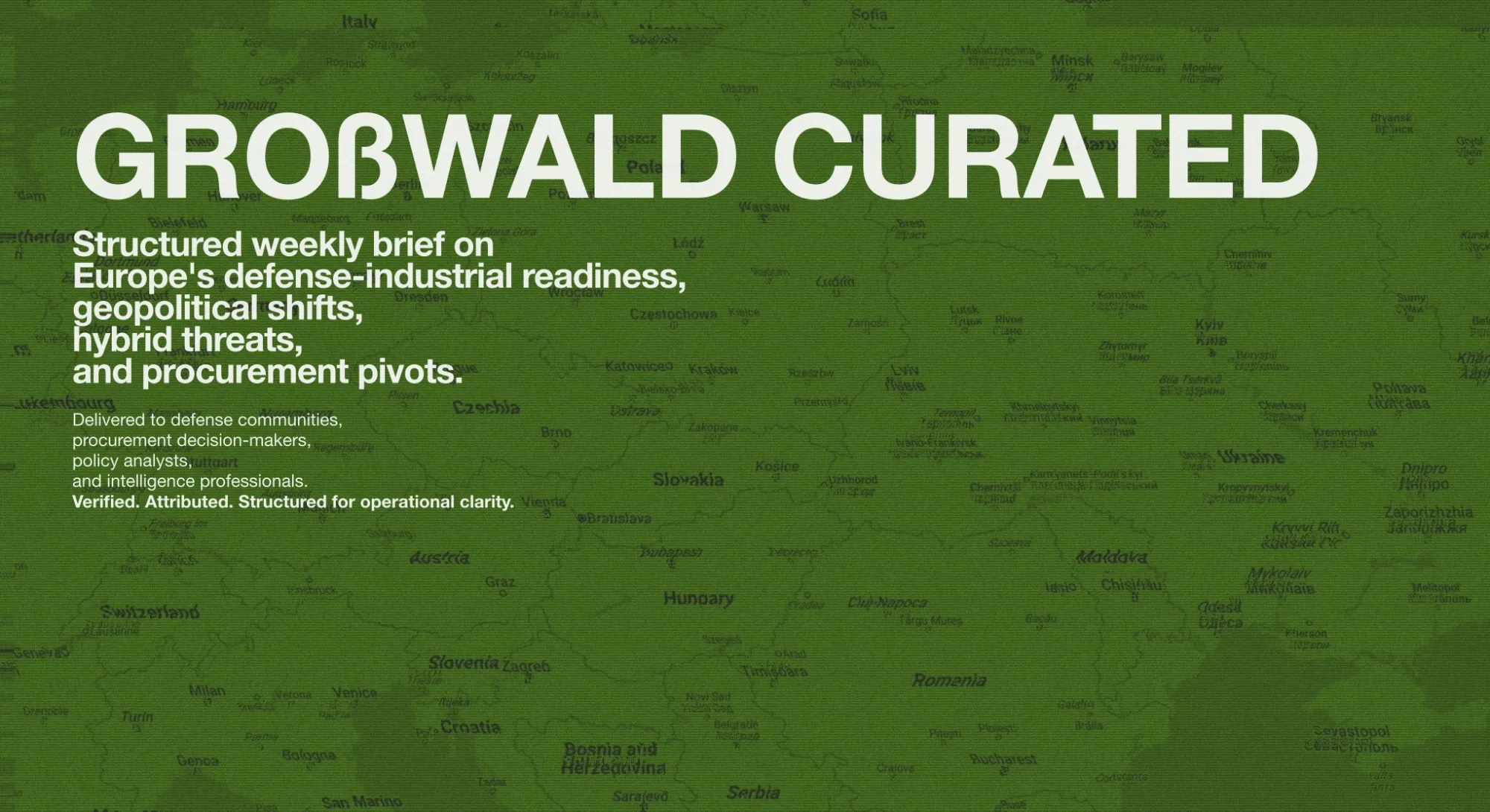
INT | NATO & EU
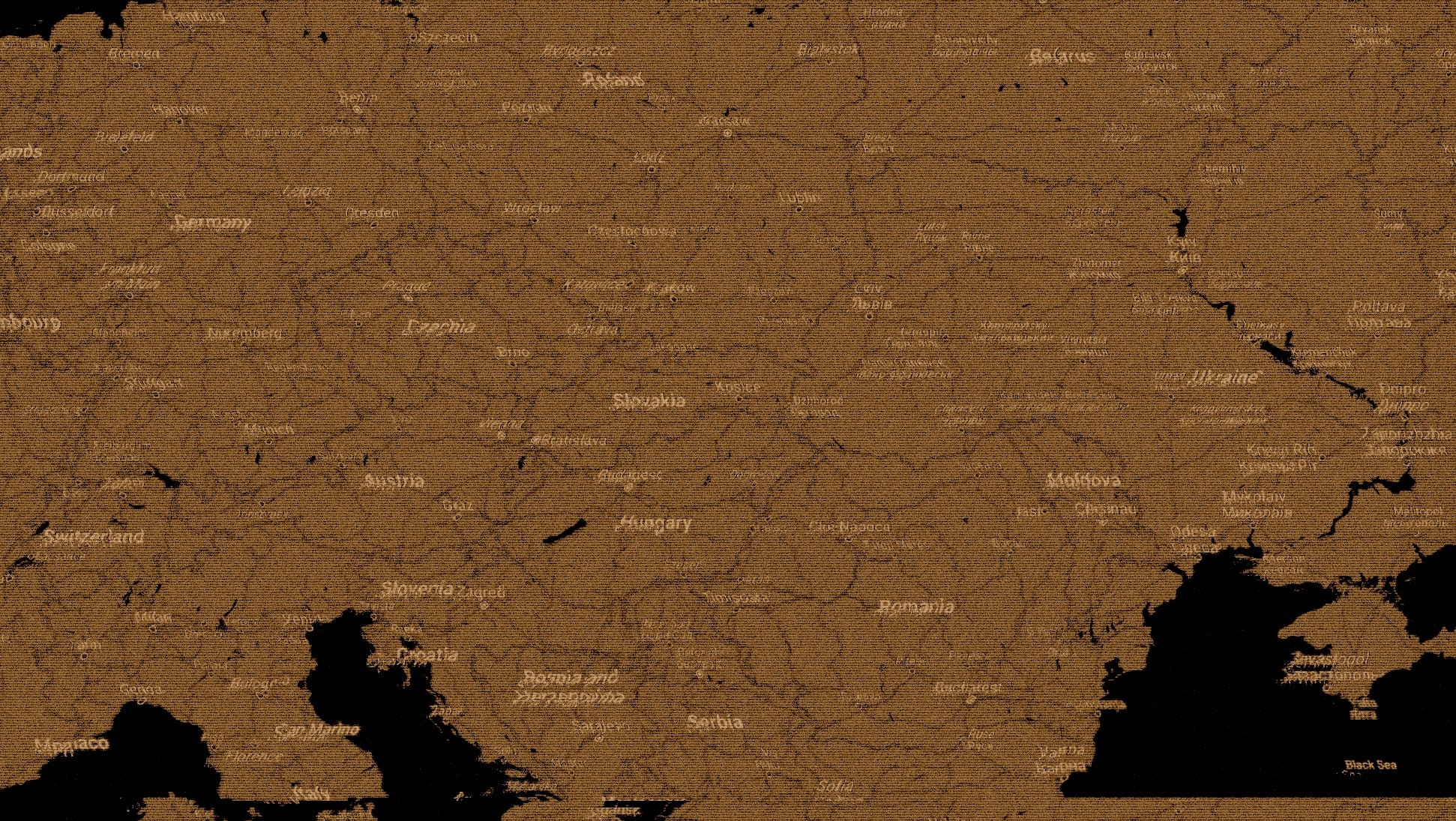
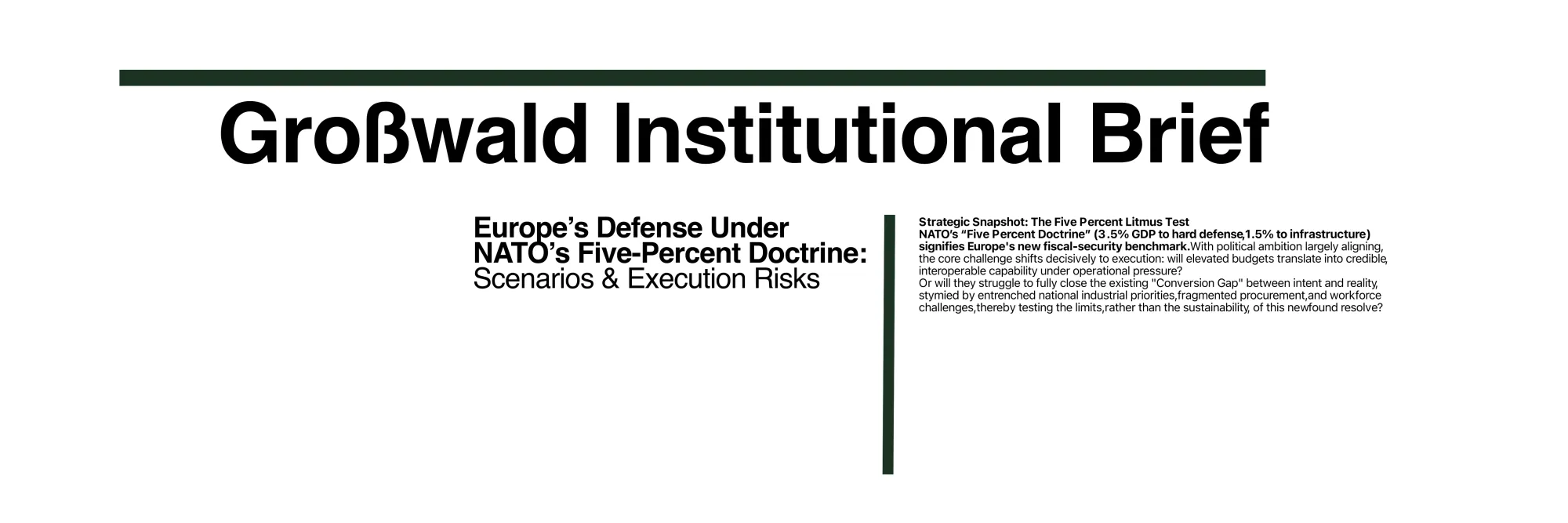
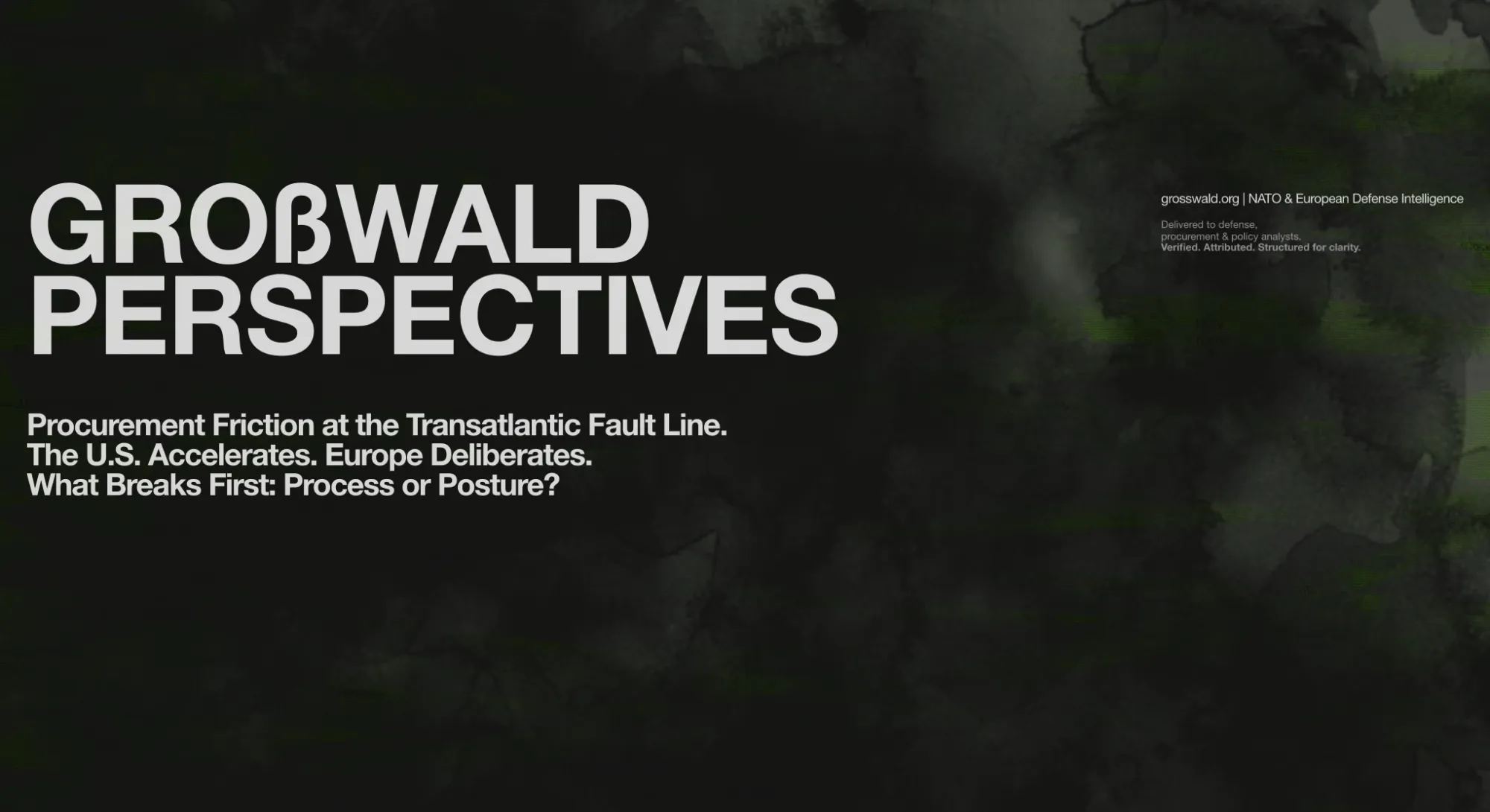
Großwald Systems
